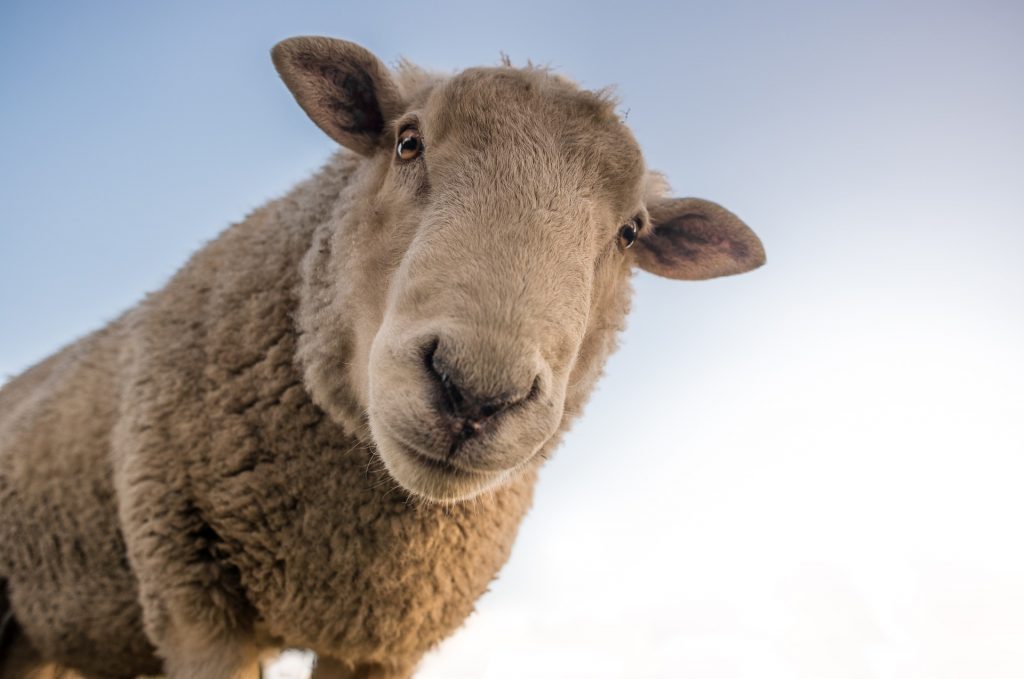The Swedish word ‘få’ or ‘får’
Are you trying to make sense of the Swedish word får? We’ll help you.
Får får får? is a Swedish pun that means “Do sheep get sheep?” (meaning Do sheep have (baby) sheep? or What’s the word for baby sheep?) Many languages have ‘hiccups’: words that can mean several things, depending on word order. And be put together to form a complete sentence.
Let’s look at some usage with the help of a few examples.
Får as a verb
Får is the present tense verb of “receive” or “get” — Jag får en biljett till månen. (I receive/get a ticket to the moon). There is no other verb in this sentence.
Får is also the present tense help verb of “allowed” — Får människor åka till månen? (Are people allowed to travel to the moon?). The main verb here is åka (go).
Ja, människor får åka till månen. — (Yes, people are allowed to travel to the moon). Får is an auxiliary verb because it comes after the noun människor, and is followed by the main verb åka, which always turns into its infinite form.
Makes sense so far? Good.
Få as an adverb
Få can show the amount of a quantifiable noun. In this case it’s an adverb. But it’s important to look at the context and the sentence construction too because it could also be the infinitive form of the verb or an auxiliary verb respectively:
Få människor får åka till månen — (Few people are allowed to travel to the moon). The help verb får precedes the main verb åka. Compare this to the following sentence:
Att få åka till månen vore fantastiskt! — (To be allowed to travel to the moon would be fantastic!) Same få as before, but in the infinitive form. The key difference here is that there’s an att in front of the få, which works similar to the English “to”.
Får as a sheep
What about the elusive sheep then? In Swedish, the word for “sheep” is får. What if they somehow found a way to leave Earth?
Well, let’s try out a few sentences:
Får får åka till månen? — (Are sheep allowed to travel to the moon?). The sentence construction is identical to the example with humans, we just switch one word (människor and får).
Nej, får får inte åka till månen — (No, sheep are not allowed to travel to the moon). The auxiliary verb får comes after the subject får, and is followed by the main verb åka.
But what if sheep are allowed to travel to the moon? Let’s have a look:
Får får åka till månen. — (Sheep are allowed to travel to the moon). The only difference here is the punctuation. This is a statement, not a question.
Just like humans, however, only certain sheep are allowed to travel to the moon:
Få får får åka till månen — (Few sheep are allowed to travel to the moon). There’s no att present, which means it’s the Swedish word for few. It’s followed by the subject får, the auxiliary verb får, and lastly the main verb åka.
Får får får?
Oh, and by the way, the answer to the Swedish pun (Får får får? Do sheep get sheep?) is Nej, får får lamm (No, sheep get lambs.).






